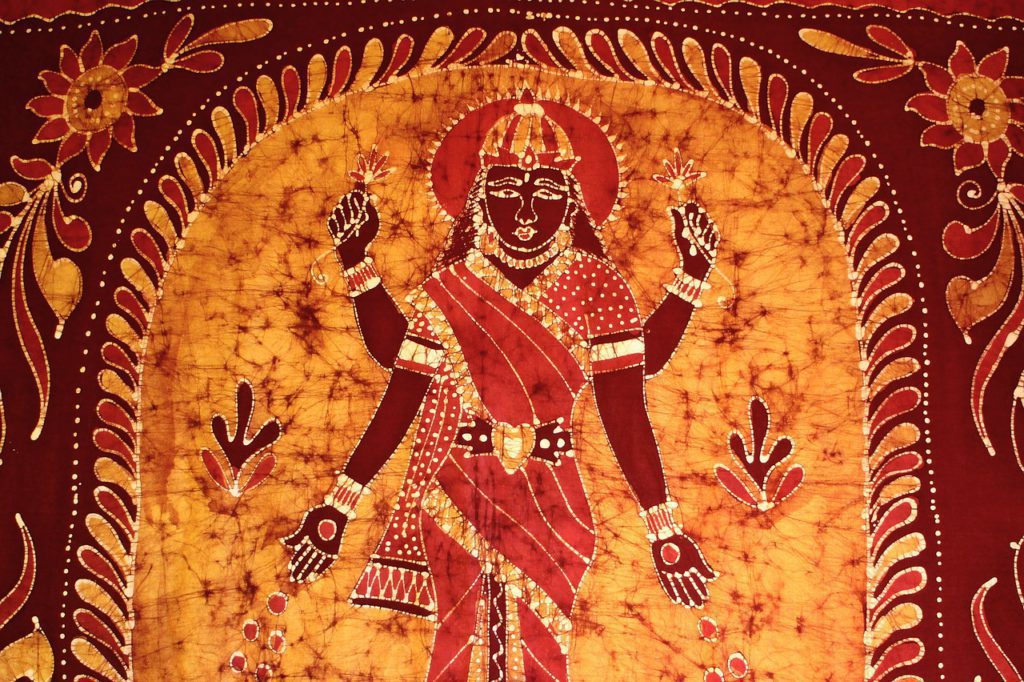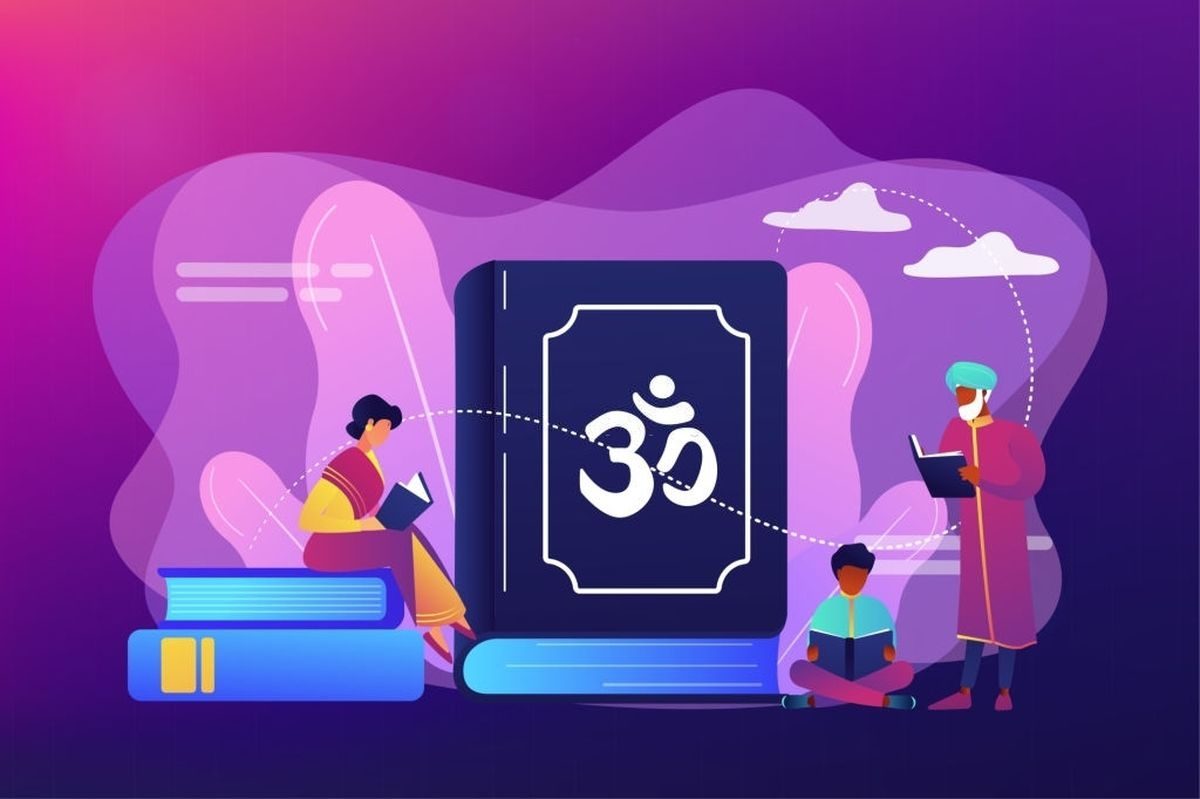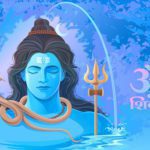The Vedic period is one of the most important phases in the history of Indian civilization. Most of the social customs, rituals, and to some extent beliefs of Hindus are influence by the period.
Indus Valley Civilization was on its decline and Vedic civilization was emerging. This change was no ordinary one, many scholars and historians still are trying to find out more about what happened.
The Indus Valley civilization was essentially an urban civilization where the main occupation of the people was trade and commerce. The Vedic civilization on the other hand was primarily rural, with agriculture as the main occupation of the people but far more scholarly and philosophical.
This transformation over centuries was not sudden but gradual and Aryan immigration is cited as the main reason. This, however doesn’t completely explain how the sophesticaton of uraban household was somewhat lost during the period.
The Start of the “Vedic Period” (1500-600 BCE)
The great Indus Valley Civilization (3300 BCE – 1300 BCE) was disappearing, alongside, another magnificent civilization was coming to its own. It was the arrival of the great Vedic period. This great evolution of civilization was led by people called Aryas or Aryans.
Arya is a Sanskrit word that means a person of noble birth or character, master, lord, preceptor, teacher, owner. This is one of the first origins of the word before it started to be given as a name.
Arya was a part of a group of people known as Indo-Europeans. It is agreed by the majority of historians that they entered India from the north-west Russian steppes.
Many writers and archaeologists however disagree with the migration of Indo-Aryans into India event.
Some historians propose that they were indigenous to the subcontinent. The knowledge about the Aryans comes mostly from the Rigveda-Samhita (The oldest of Veda considered to be composed between 1500 to 1200 BC). The lack of other independent sources as of now leaves room for debate and further research.
Generally the Vedic period is further divided into Early and Late Vedic period.
Early Vedic Period (1500–1200 BCE)

Early Vedic Period (1500-1000 BC), is also known as Rig Vedic Period. The flourishing community of urban dwellers were part of a large community which we now call Vedic civilization. It was located in the northern and northwestern parts of the Indian subcontinent. In addition to its urban settlement, the early phase saw the formation of various renowned kingdoms of ancient India.
The remains from this period the earliest literary record of Indian culture, the Vedas. Composed in archaic, or Vedic Sanskrit, generally dated between 1500 and 800 BCE and transmitted orally, the Vedas comprise four major texts—the Rig-, the Sama-, the Yajur-, and the Atharvaveda. Of these, the Rigveda is believed to be the earliest.
| Riigveda | – Oldest of the Vedas – Consists of 1028 hymns – Has 10 Mandals and 8 Akhtaks – Gayatri Mantra has its origin here |
| Yajurveda | – Contains procedure for sacrifices and rituals for Yajnas – Has 760 hymns, and about 160 of the hymns are in common with the Rigveda – A prose Veda – Two groups –Black (Krishna) Yajurveda and White (Shukla) Yajurveda |
| Samveda | – Veda of Chant and Melodies – The root of Indian dance and music |
| Atharvaveda | – Yonges Veda that was later added – Contains procedures for daily life – Mantras for the magic spell – Contains the oldest text of Indian medicine |
| Brahmanas | – Contains commentary on the Vedas and instructions on how to perform rituals properly – ‘Brahmana’ means the explanation of a ritual by a learned priest – Different Brahmanas are associated with each Veda |
| Aranyaka | – The word Aranyaka means jungle – Describes philosophies of the Vedas |
| Upanishada | – The philosophical-religious texts of Hinduism – There are between 180-200 Upanishads but the best known are the 13 which are embedded in the four Vedas |
The texts consist of hymns, charms, spells, and ritual observations which are an integral part of Hindus and even other religious communities in India.
The theory regarding the origin or Aryans, whose language is also called Aryan, relate to the question of what has been called the Indo-European homeland.
In the 17th and 18th centuries CE, European scholars who accompanies the traders first studied Sanskrit. They were struck by the similarity in its syntax and vocabulary to Greek and Latin. So either Sanskrit was derived from the language or the given languages had their origin is Sanskrit.
This resulted in the theory that there had been a common ancestry for these and other related languages, which later came into the group of and called as Indo-European languages.
Therefore it resulted in the notion that Indo-European-speaking peoples had a common homeland from which they migrated to various parts of Asia and Europe. The Indian subcontinent had various historical and cultural contexts to establish its continued settlement.
However theory stirred intense speculation, which continues to the modern times, regarding the original homeland and the period or periods of the dispersal from it.
The study of Vedic India is still impacted by “the Aryan problem,” which often clouds the genuine search for historical insight into this period.
Late Vedic Period (1200-600 BCE)
The movement from the early to the later Vedic period was primarily marked by the emergence of agriculture as the dominant economic activity and a corresponding decline in the significance of cattle rearing. Vedic culture also extended into the western Ganges Plain from earlier now extinct Saraswati river plains.
Several changes went hand in hand with this. For instance, several large kingdoms arose because of the increasing importance of land and long distance trade. The late Vedic period, from ca. 500 B.C.E. onward, more or less seamlessly blends into the period of the Middle kingdoms of India known from historical sources.
Urbanization and Kingdoms
The late Vedic period saw the rise of 16 ‘Mahajanapadas’ (oligarchic republics that existed in ancient India from the sixth to fourth centuries BCE) referred to in some of the literature.
The power of the king and the Kshatriyas (the warrior community) greatly increased.
Rulers gave themselves titles like Ekarat (the one ruler), Sarvabhauma (ruler of all the earth), and Chakravartin (‘who moves the wheel’).
The kings performed sacrifices like Rajasuya, (royal consecration) Vajapeya (including a chariot race), and, for supreme dominance over other kings, the Ashvamedha (horse sacrifice).
The coronation ceremony was a major social occasion. Several functionaries, in addition to the Purohita and the Senani, took part. The role of the people in political decision making and the status of the Vaishyas as such was greatly decreased.
Culture
The Vedic household was patriarchal and patrilineal (male line of heritage). The institution of marriage was important and different types of marriages— monogamy, polygyny and polyandry are mentioned in the Rigveda. Both women sages and female gods were known to Vedic Aryans.
However, hymns attributable to female sages are few and female gods were not as important as male ones. Women could choose their husbands and could remarry if their husbands died or disappeared.
People consumed milk, milk products, grains, fruits, and vegetables. Meat-eating is mentioned, however, cow killing is labeled Aghnya Aparadh(not to be killed).
Clothes of cotton, wool, and animal skin were worn. Soma and Sura (alcoholic beverages) were popular drinks in the Vedic society, while Soma was sanctified by religion.
Flute (Vana), lute (Vina), harp, cymbals, and drums were some of the musical instruments played and a heptatonic scale was used.
Dancing, dramas, chariot racing, and gambling were other popular pastimes.
Rituals
The mode of worship was worship of the elements like fire and rivers, worship of heroic gods like Indra, chanting of hymns, Vedic Mantras and performance of animal and bird sacrifices.
The priests performed the solemn rituals for the noblemen (Kshatriyas) and wealthy commoners Vaishyas.
People prayed for their family, abundance of children, rain, cattle, wealth, long life and an afterlife( reincarnation) in the heavenly world of the ancestors and demigods.
This mode of worship has been preserved even today in Hinduism, which involves recitations from the Vedas by a priest, for prosperity, wealth and general well-being.
However, the primacy of Vedic deities has been seconded to the deities of Puranic literature.
Specific rituals and sacrifices of the Vedic religion include, among others:
- The Soma rituals, which involved the extraction, utility, and consumption of Soma (alcohol):
- The Agnistoma or Soma sacrifice
- Fire rituals involving oblations (Havir)
- The Agnihotra or oblation to Agni, a sun charm
- The Agnicayana, the sophisticated ritual of piling the fire altar
- The new and full moon as well as the Seasonal (Cāturmāsya) sacrifices
- The royal consecration (Rajasuya) sacrifice
- The Ashvamedha or a Yajna dedicated to the glory, wellbeing, and prosperity of the Rashtra the nation or empire
- The Purushamedha
- The rituals and charms referred to in the Atharvaveda are concerned with medicine and healing practices.
- The Hindu rites of cremation are seen since the Rigvedic period; while they are attested from early times in the Cemetery H culture, there is a late Rigvedic reference invoking forefathers “both cremated (agnidagdhá-) and uncremated (ánagnidagdha-)



